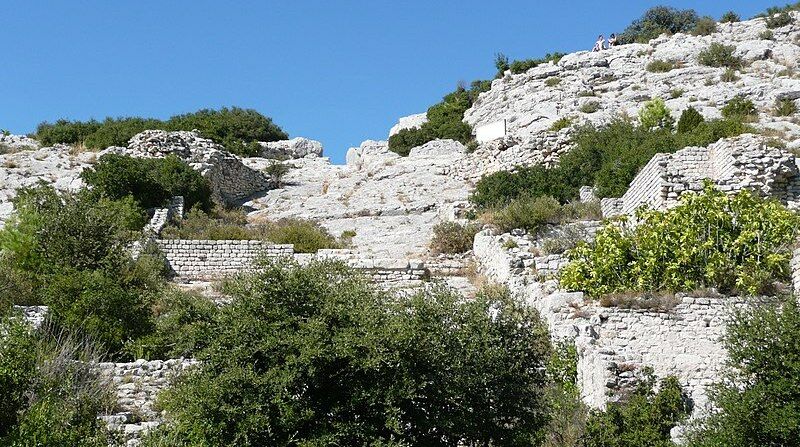Reconstructing Roman industrial engineering

Enlarge / Given the present state of the watermills, reconstructing their operation wasn't simple. (credit: Wikimedia Commons)
The Colosseum's arches, the Pantheon's dome, the Barbegal watermill's... elbow flumes? Roman architecture is known for elegance and ingenuity. A curious relic, pieced together in a museum basement, shows that Roman design also boosted the efficiency of an ancient industrial complex built to function rather than impress.
The 2nd-century Barbegal watermill complex in southern France was no soaring monument meant to awe the masses. But neither was it a run-of-the-mill mill. It was the most formidable concentration of mechanical power known to have existed in ancient times-an array of 16 waterwheels, capable of grinding an estimated 55,000 pounds of flour on a daily basis.
Getting that array to work effectively required careful engineering thousands of years ago. And in the present day, with the mill complex in ruins, an international team of experts in archaeology, geology, and fluid mechanics was needed to piece together clues to the system of wooden chutes that channeled water efficiently through the complex. The key component the research team uncovered was an oddly shaped water gutter, unique in its design: the elbow flume.
Read 18 remaining paragraphs | Comments